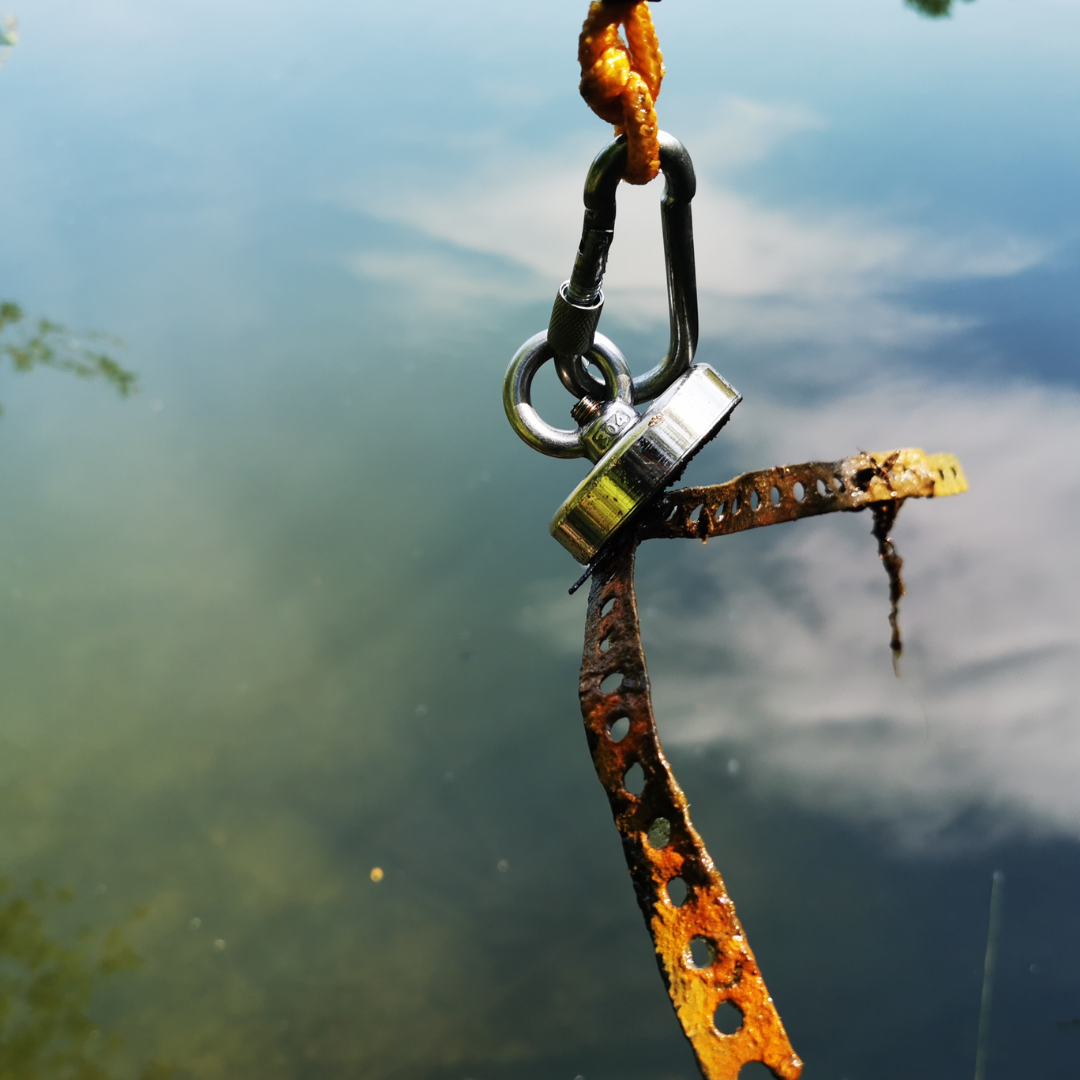Fishing is an ancient practice that dates back at least 10,000 years to the Mesolithic age, when people lived a hunter-gatherer lifestyle. The importance of sea foods is clearly evidenced in archaeological sites, and early permanent settlements are often associated with this activity as a primary source of food. Today, there are several types of popular techniques.
Sportfishing
Sportfishing is a type of activity where fishermen use hooks and rods to catch fish. It can also involve competition. In sportfishing, the fisherman may keep the fish or release it.
This is different from commercial fish catching operations, where anglers keep the fish for consumption, or self-sustenance fish catching, where fish are caught for bait to catch other fish. The equipment used for this sport includes a pole, line, and a size 10 hook, along with bait such as worms.
A sportfisherman must use the proper equipment to ensure safety. It is also important to use barbless hooks and rubber nets to ensure the fish is released in a safe manner. Additionally, sport fishermen should have knowledge on how to release their catches, and always choose equipment that will help them do so without hurting the fish.
People can fish in the Gulf of Mexico and off the East coast of the U.S., as well as in the Caribbean islands. These areas are rich in marine life, which makes them an ideal place for catching fish. Anglers can catch sharks, Dorado, and other large fish. Besides these, they may also catch Spanish mackerel, king mackerel, and red snapper.
If you are interested in getting out on the water, you can join a sportfishing tournament. These events are hosted by companies that specialize in sportfishing. These companies provide equipment and instruction to help anglers become successful. Some even airlift anglers to different locations.

Traditional fishing
Traditional methods of catching fish are an ancient activity that has several benefits for the local community, such as food security, income generation, and cultural identity. Click here for more information. It usually involves the use of simple equipment and is done without a license.
While it is often used as a subsistence activity, traditional methods of catching fish are also practiced for commercial and recreational purposes. In many places, it is an integral part of the culture, and many communities still use traditional fish catching techniques today despite newer technology.
In many regions of Africa, traditional fish catching is a source of protein for local people. In some rural areas, it is the only source of protein for residents. In Ghana, fishermen use traditional methods to catch catfish. They dig a hole in the river bank and scoop out the catfish using their hands. This method is also eco-friendly.
During the first phase of this research, a literature search was conducted through the University of the South Pacific library databases and Google Scholar to identify articles related to the topic. The next step involved reviewing oral archives from YouTube and TED Talks. Information was collected in English, Fijian, and German.
Traditional methods were not always as advanced as modern technology, but they did have a long history and were often incredibly effective. Ancient hooks and spears have been found in the ruins of Stone Age civilizations. Some of these techniques are still being used in rural areas today and are crucial to sustainable management of fish stocks.
Electro-fishing
Electro-fishing is a technique that utilizes direct current electricity. The electrical current flows between a submerged anode and cathode and affects the movements of nearby fish. As a result, fish begin to swim toward the anode and can be either stunned or captured.
Electro-fishing is a modern method that uses two large electrodes to deliver a high voltage direct current to the fish. This electrical current causes the fish to experience galvanotaxis, an uncontrolled muscular convulsion, and swim towards the anode. It requires two people to electrofish effectively. One person controls the anode and the other person uses a dip net to catch the stunned fish.
However, there is a significant downside to using this type equipment: it is illegal in the U.S., and violating the law can lead to criminal and civil penalties. In one case, four car batteries were connected to a 12 V voltage regulator and then to two cables directly into the water.
This method of data analysis is an important tool for biologists and managers to assess the health of a fishery. It allows scientists to measure the size of individual fishes and their survival rate. This data can help managers make adjustments and prevent the decline of a fishery.

Magnet fishing
Magnet fishing or magnetic fishing is a lot like fishing but instead of salmon or bass, the goal is to search and catch ferromagnetic objects in outdoor waters. It is kind of like treasure hunting, and the main tool is made of a strong neodymium magnet that is strong enough to pull large objects such as safe boxes, guns, bikes, and shovels.
No training is needed for magnet fishing, and the only things you need to start in this hobby is a very strong magnet and a rope. Hobbyist usually make their own tools for magnet fishing, but some find it easier and safer to get a magnet fishing kit instead.
The location of where you will be fishing is a very important aspect of this hobby but investing in a good equipment is also highly advisable as it greatly affects the chances of finding stuff. You can find a lot of magnet fishing kits online with different levels of quality and there are also different types such as single, double-sided, and allround magnets. There are also varying strengths when it comes to neodymium magnets and the common ones ranges from 200-250kg of force.
There are some concerns when it comes to magnet fishing as it can also be a dangerous hobby. The magnets used in this hobby is very strong and it can easily crush a finger or two if you accidentally put them between the magnet and a surface that is magnetic. You can also reel in dangerous objects such as grenades and other explosives and there are general guidelines on how to handle such finds.



